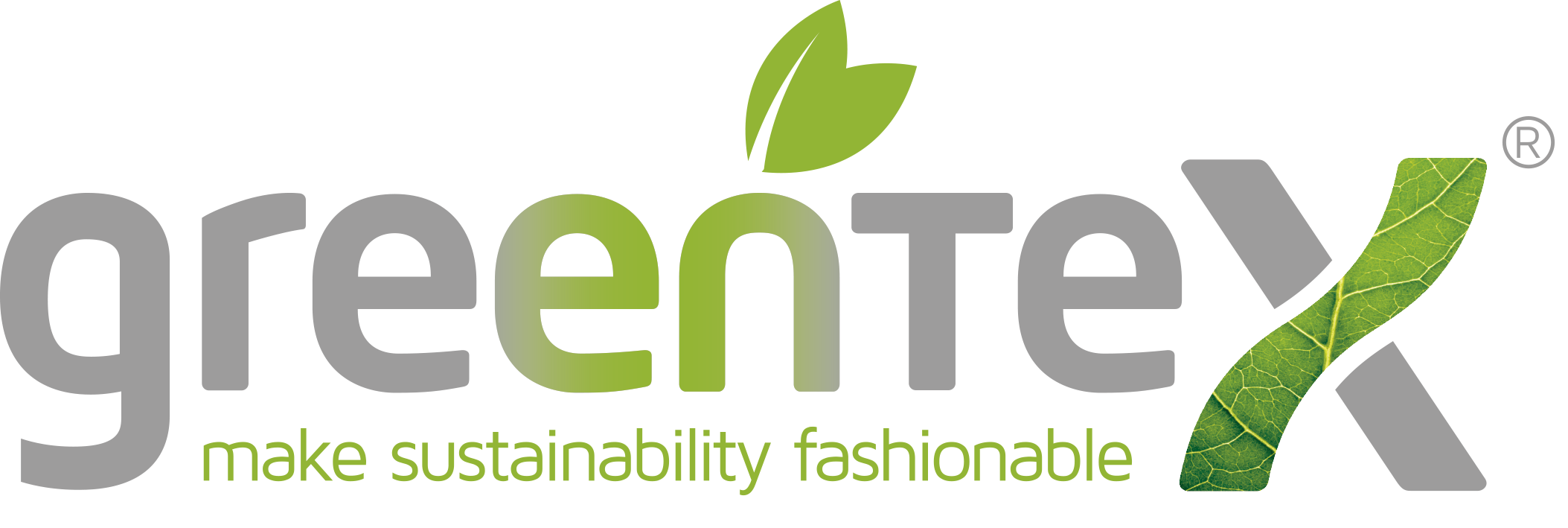“>”>FAQ’s Table Of Content General Question Payment & Policy Shopping Questions Services & warranty 1. What types of fabrics do you offer for digital textile printing? Cotton: This is a popular choice due to its softness and durability. It’s ideal for apparel and home decor. Polyester: Often used for sportswear, banners,…
FAQ’s
1. What types of fabrics do you offer for digital textile printing?
- Cotton: This is a popular choice due to its softness and durability. It’s ideal for apparel and home decor.
- Polyester: Often used for sportswear, banners, and flags because of its resistance to elements and bright color representation.
- Silk: A luxurious fabric used for apparel and some high-end products.
- Linen: Known for its natural textures, it’s often used for home decor and elegant apparel.
- Lycra/Spandex: Stretchy fabric often used for sportswear.
- Nylon: Often used for outerwear and sportswear.
- Rayon: A semi-synthetic fabric that’s soft and has a slight sheen, popular for many garments.
- Blends: Various fabrics (like cotton-polyester) to get combined benefits.
2. Which printing technologies are your fabrics compatibles with?
- Dye Sublimation Printing:
* How it Works: This process uses heat to transfer dye onto the fabric. The ink becomes a gas under the influence of heat and permeates the fabric, then solidifies into its fibers.
- Reactive Printing:
* How it Works: Reactive inks are used in this method. They form a covalent bond with the fabric molecule, ensuring wash-fastness. After printing, the fabric usually requires a steam curing process.
- Pigment Printing:
* How it Works: Pigment inks sit on top of the fabric and are cured or set using a binder and heat. They are known for good color stability but might not have the same level of wash-fastness as reactive or acid inks.
3. How can I ensure the best results when printing on your fabrics?
- Choose the Right Fabric for the Print Technology: As mentioned earlier, specific fabrics work best with certain printing technologies. For instance, dye sublimation works best with polyester, while Direct-to-Garment (DTG) favors cotton.
- Fabric Pre-treatment: Some fabrics may require pre-treatment to ensure better ink adhesion, vibrancy, and wash-fastness. Pre-treatment can also reduce issues like dye migration, especially with colored or dyed fabrics.
- Test Before Printing: It’s always wise to do a test print on a fabric sample to see how the design and colors appear. This can help you adjust settings and ink densities for optimal results.
- Ensure Clean Fabric: The fabric should be free from dirt, grease, or any contaminants. Any impurity can affect the print quality.
- Use High-Quality Inks: The quality of the ink plays a significant role in the final print result. Ensure that you’re using inks compatible with your printer and fabric type.
- Proper Ink Curing: Depending on the ink type, ensure you follow the correct curing or setting process, whether it’s heat pressing, steaming, or another method. Incorrect curing can lead to poor wash-fastness and a compromised hand feel.
- Maintain Print Equipment: Regularly service and clean your printing equipment. Ensure that printheads are clean and aligned, and replace them when necessary.
- Optimize Graphics for Fabric Printing: Ensure that your graphics have a high resolution, typically at least 300 DPI. Use vector graphics when possible to avoid pixelation.
- Consider Fabric Stretch and Shrinkage: Some fabrics might stretch or shrink during the printing or post-printing process. Account for this when designing, especially if the design needs precise positioning.
- Manage Color Profiles: Use the correct color profiles and calibrate your printer frequently to maintain consistent color accuracy and vibrancy.
- Control the Printing Environment: Humidity and temperature can influence print quality. Maintaining an environment with consistent temperature and relative humidity can help in achieving consistent results.
- Post-Print Treatment: Some fabrics and inks might require post-print treatments to ensure durability and longevity. This might include washing, heat setting, or other processes.
- Educate Yourself: Keep abreast of new technologies, inks, and processes. The world of fabric printing is continuously evolving, with new materials and methods emerging.
- Seek Expertise: If you’re unsure about a particular process or material, consult with professionals in the industry or reach out to suppliers. They can provide valuable insights and recommendations based on their experience.
4. How can I place an order, and what are your shipping and return policies?
- Placing an Order:
* Our team will provide you with our product catalog, wholesale pricing, and minimum order quantities.
* Once you’ve made your selections, we’ll create a custom invoice for your approval and provide payment instructions.
- Shipping Policy:
* Shipping Time: Depending on your location and order volume, delivery can take between 7-10 business days.
* Shipping Cost: For wholesale orders, we offer discounted shipping rates/free shipping for orders over $5,000 USD. Specific costs will be outlined in your custom invoice.
* Tracking: After your order is dispatched, we’ll provide you with a shipping confirmation and tracking details.
- Return Policy:
* Condition: Items must be in their original, unopened packaging and in sellable condition.
* Return Shipping: We’ll arrange for pickup and cover return shipping for bulk returns.
If you have any special requirements, questions, or need further assistance, please let us know. We value our relationship with our wholesale partners and strive to ensure a smooth and mutually beneficial collaboration.
Our Focus
Copyright 2024 © Greentex. All Rights Reserved.
Our Focus
Copyright 2024 © Greentex. All Rights Reserved.

